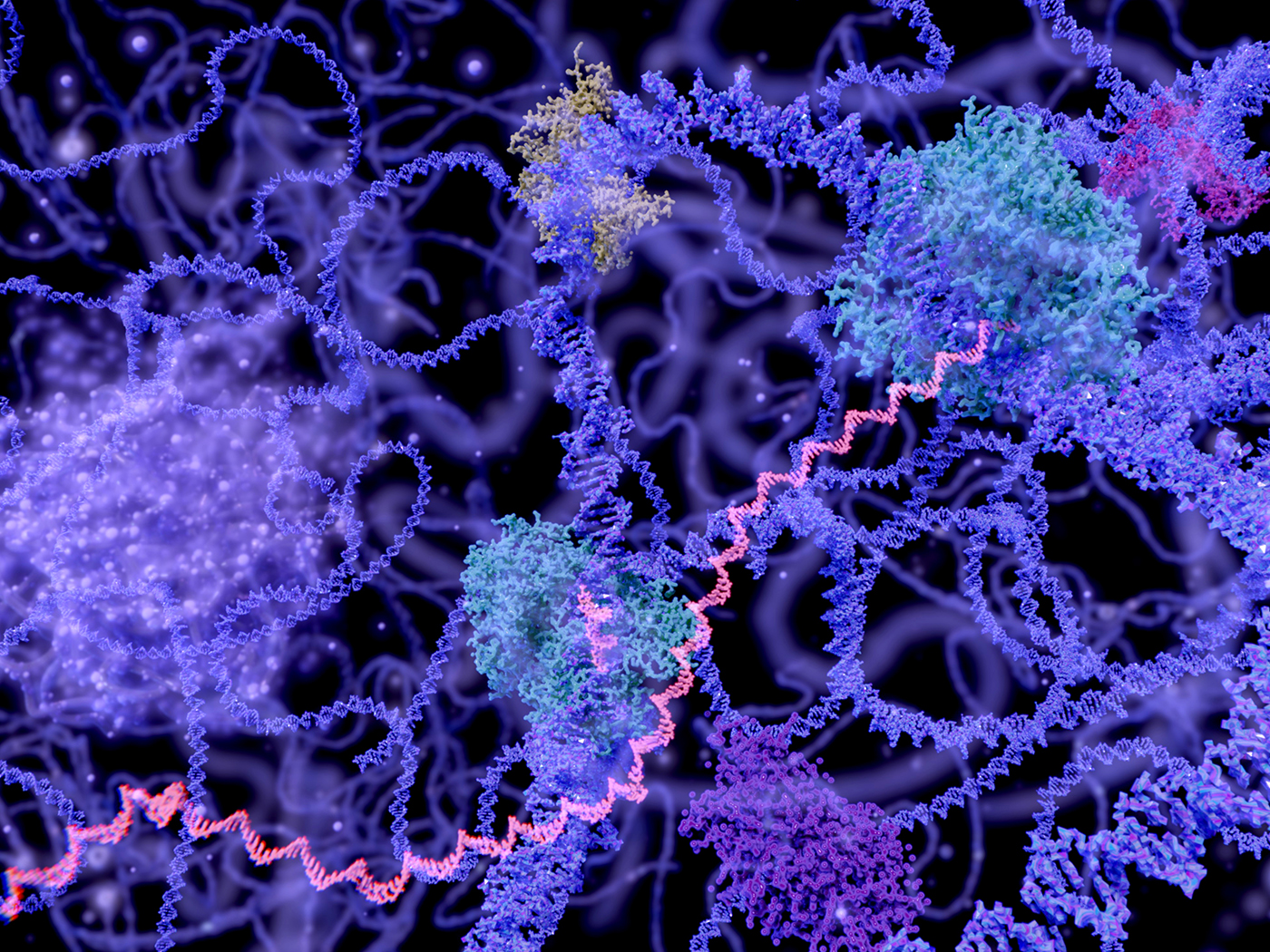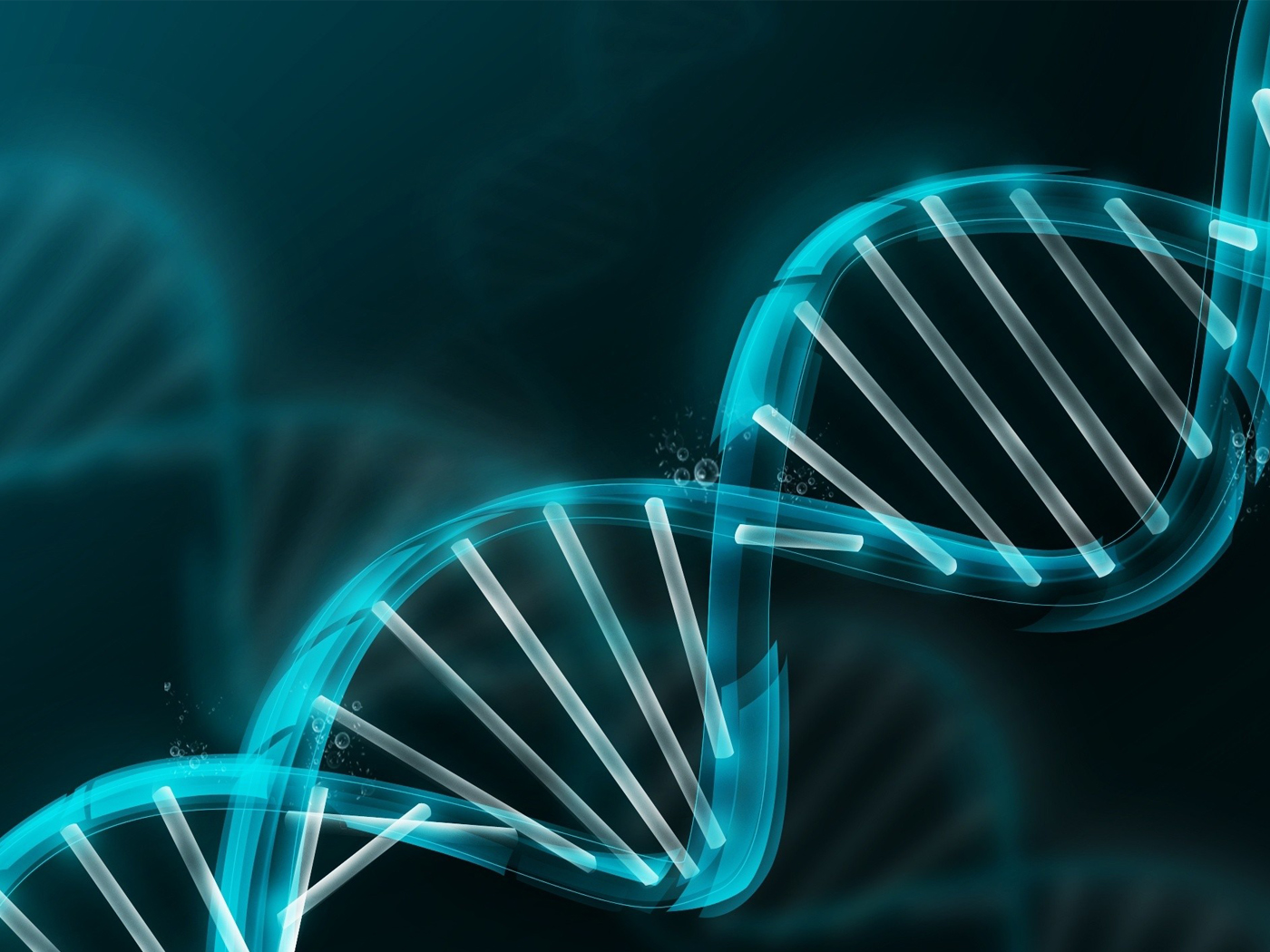In 2011, 29 leading design scientists held a Biological Information symposium in which they compared the standard Darwinian explanation of origins to amazing new discoveries about biological languages. The second major theme among the group’s presentations dealt with “Difficulties in Creating Biological Information.” In essence, they tried to re-engineer aspects of creating information. What did they uncover?
Geneticist John Sanford, lead organizer of the Biological Information symposium, helpfully summarized the technical proceedings in a document titled, Biological Information: New Perspectives. A Synopsis and Limited Commentary.1 The document summarized evaluations of evolutionist’s digital attempts to envision natural selection generating information, for example with the software program Tierra.
In one paper, Dr. Ewert, an electrical and computer engineer, along with mathematician and philosopher William Dembski and computer engineer Robert Marks II, showed that Tierra failed to evolve information in computer simulations, even though its programmer placed unrealistic, evolution-friendly parameters into the software.
Avida is held as proof of “digital evolution,” but Symposium scientists laid bare its ugly flaws. Most notably, evolutionists had added “enormous amounts of front-loaded design” into the Avida software.1 No wonder it shows evolution—it’s been rigged. Yet, when biologically realistic parameters are plugged in, Avida shows no information increase after all.
In another paper, mathematician Dr. Basener calculated that natural selection cannot generate new information because all evolutionary advance stops once a trait becomes optimized to its environment. So, both mathematically and in real-life biology, selection leads to a stabilized, un-evolving organism.
In a third paper, Dr. Sanford outlined the research he had done revealing that even when a mutation arises—one that does not kill or harm a creature—it typically produces such a miniscule effect that natural selection never detects it. In other words, the survivability of one organism essentially equals that of its neighbor in a population, so that outside factors like predators or weather patterns affect them equally. Plus, even if one imagines a beneficial mutation arising in a population, it gets totally overwhelmed by huge numbers of the very slightly deleterious, invisible ones. This way, genetic information is sure to constantly diminish.
In a fourth paper, biochemists Doug Axe and Ann Gauger considered how and why mutations would theoretically alter existing traits and from which of those traits nature could theoretically select. Selection wouldn’t tinker with a gene that is already necessary for cellular life, so evolutionary biologists posit that extra copies are made. However, the co-authors of the paper found that the cell would stop producing, shipping, and sweeping up the theoretical extra copies long before the copy gains new information by chance mutations.
What does it take to make information-rich language? Clearly, forethought is required, and Neo-Darwinism’s selection of mutants uses no forethought. No wonder it falls woefully short of being able to make the information found in cells.
References
- Sanford, J.C. 2014. Biological Information: New Perspectives. A Synopsis and Limited Commentary. Waterloo, NY: FMS Publications.
* Mr. Thomas is Science Writer at the Institute for Creation Research.
Article posted on June 16, 2014.






















